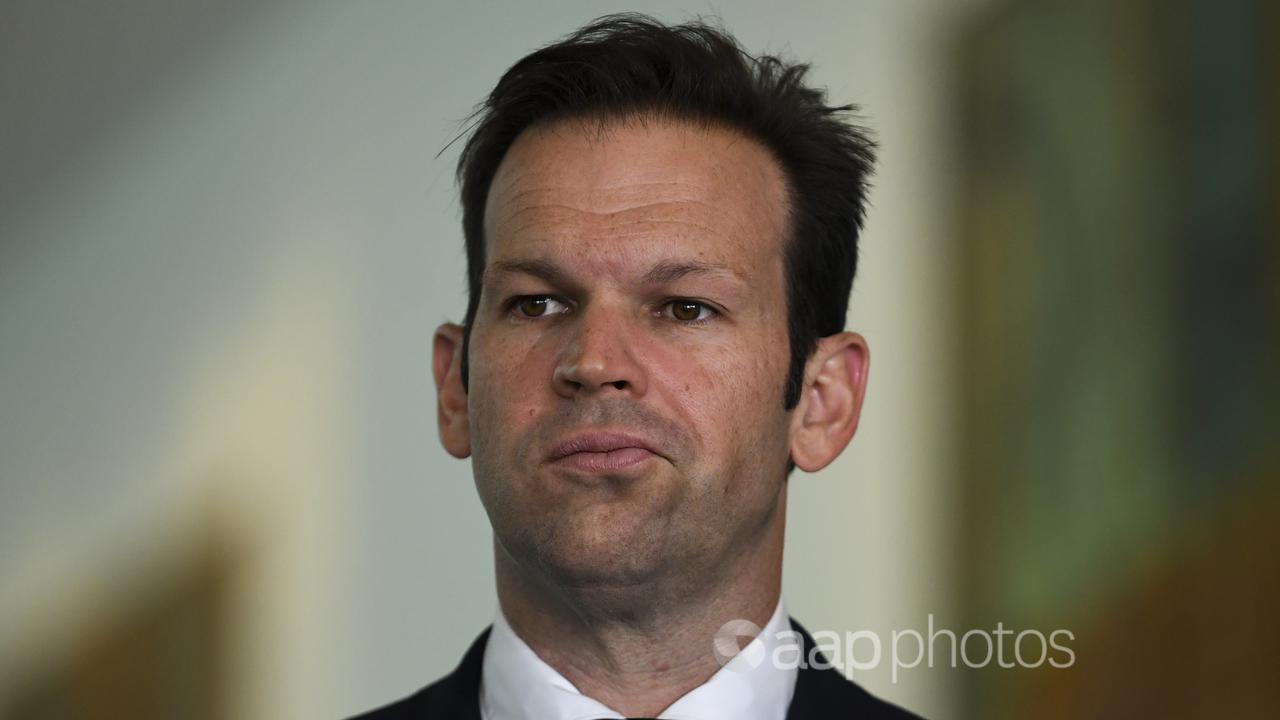As energy prices soar, Nationals senator Matt Canavan has pointed the finger at the closure of a unit at a NSW coal-fired power station.
In a May 24 interview with Sky News, Senator Canavan highlighted the closure of part of the Liddell coal power plant as electricity prices soar.
“Since Liddell shut its first unit on the 31st of March, electricity prices are up five times their normal average,” he said. “They are consistently at $300-$400 a megawatt hour (MWh), which is just an enormous, unbelievable level. This is clearly the consequence of our obsession to shut down coal-fired power” (video mark 4min 3sec).
Australian Energy Market Operator (AEMO) figures reveal wholesale energy prices have gone up around five times their average, but experts say this has been largely driven by rising coal and gas prices, not the closure of one section of the Liddell plant.
Senator Canavan’s office declined to provide AAP FactCheck a source for his claim.
On the same day of his Sky News interview, Senator Canavan also tweeted that electricity prices have tripled since Liddell shut its first unit, and included a graph with the AEMO cited as a source.
A spokeswoman for AEMO could not verify the figures cited by Senator Canavan, saying it was unclear where he had obtained the numbers and noted the graph was not produced by the organisation.
AEMO figures indicate that in NSW, where Liddell is located, wholesale energy prices in May reached levels around five times the average costs of energy across all of 2021.
In NSW, the average went up from $64.81 per MWh in 2021 to $320.48 in May. It was a similar story in Victoria and Queensland, where prices also went up roughly fivefold from $45.93 and $61.81 in 2021 to $233.64 and $347.28 respectively.
The AEMO figures show a steady rise across 2022, with January wholesale prices starting at $77.17 per MWh in NSW. In February it was up to $83.03, $100.68 in March, $186.87 in April before $320.48 in May.
Wholesale energy prices accounted for 32 per cent of an average residential energy bill in 2021, according to the Australian Competition & Consumer Commission (ACCC).
Professor Bruce Mountain, an energy economist at Victoria University’s Victoria Energy Policy Centre, said the suggestion Liddell’s part closure was behind the rise is incorrect.
He highlighted AEMO data, publicly accessible on a Victoria Energy Policy Centre dashboard, that breaks down prices by date, region and individual generators.
“The average dispatch of Liddell from 1/1/2018 to 31/3/2022 was 994 MW,” he said in an email. “In April 2022 it was 969 MW. Liddell’s units are 500 MW. The unit that was closed was seldom, if ever in the recent past, dispatched.”
Prof Mountain attributed the growth in electricity costs to “extreme” prices for gas and coal along with low availability of coal and gas generation.
Joshua Stabler, an electricity market analyst at Energy Edge, told AAP FactCheck that forward projections for energy prices have gone up 400-500 per cent in the space of a year due to a combination of international pressures and increased seasonal domestic consumption.
“Over the past 12 months, international gas prices rose due to the combination of slowing down production during COVID, the sharp increase in demand post-COVID restrictions, and reduction of Russian gas into Europe pre-war,” he said in an email.
“On the coal front, the international price of coal has rallied due to the sanctions on Russian coal, pushing coal prices up to $US400 a tonne compared with $US100 a tonne in May 2021. Some of the NSW black coal generators are either exposed to international prices or have supplies that have been reduced due to the high international prices.”
Experts advised AAP FactCheck that heavy rains and flooding in Queensland and NSW have also affected the supply of coal, and that there are a significant number of coal plants offline as they undergo maintenance, examples here and here.
A spokeswoman for AEMO also noted that price volatility is not unusual at this time of the year, with cooler weather increasing demand and persistent rain affecting solar generation in particular.
The Verdict
Wholesale energy prices in May have reached close to five times average prices from last year. However Mr Canavan’s claim that this is due to the closure of a unit at Liddell’s coal-fired power station is misleading. Experts say the price rise is largely due to high international prices for coal and gas prompted by the war in Ukraine among other factors. Wet weather and flooding in Queensland and NSW has also contributed, affecting coal supply.
Misleading – The claim is accurate in parts but information has also been presented incorrectly, out of context or omitted.
* Editor’s note: AAP FactCheck has expanded its ability to fact-check environmental issues with the support of the Australian Conservation Foundation. AAP FactCheck retains full editorial independence in this project and continues to apply the rigorous standards required for accredited members of the International Fact-Checking Network.
All information, text and images included on the AAP Websites is for personal use only and may not be re-written, copied, re-sold or re-distributed, framed, linked, shared onto social media or otherwise used whether for compensation of any kind or not, unless you have the prior written permission of AAP. For more information, please refer to our standard terms and conditions.


















